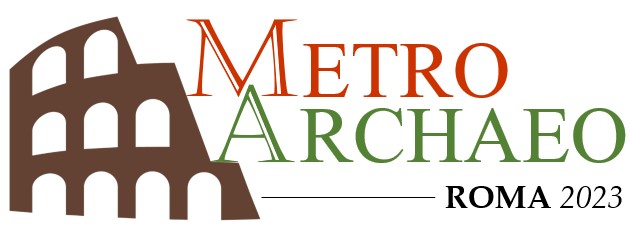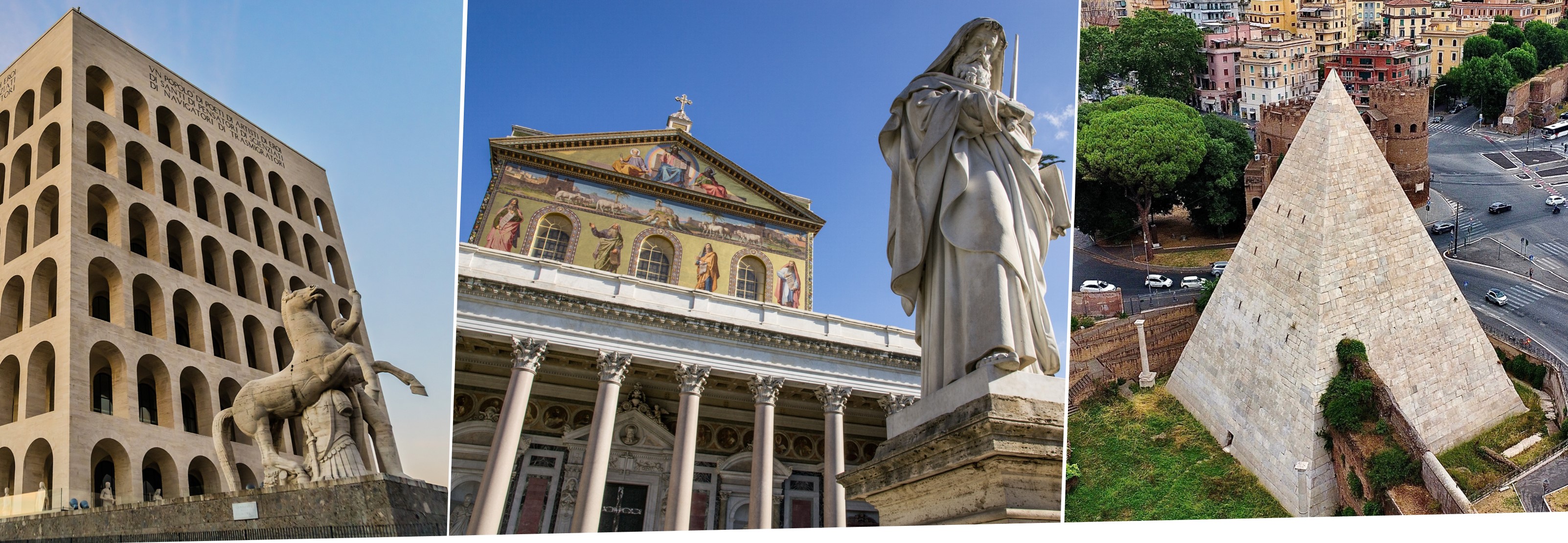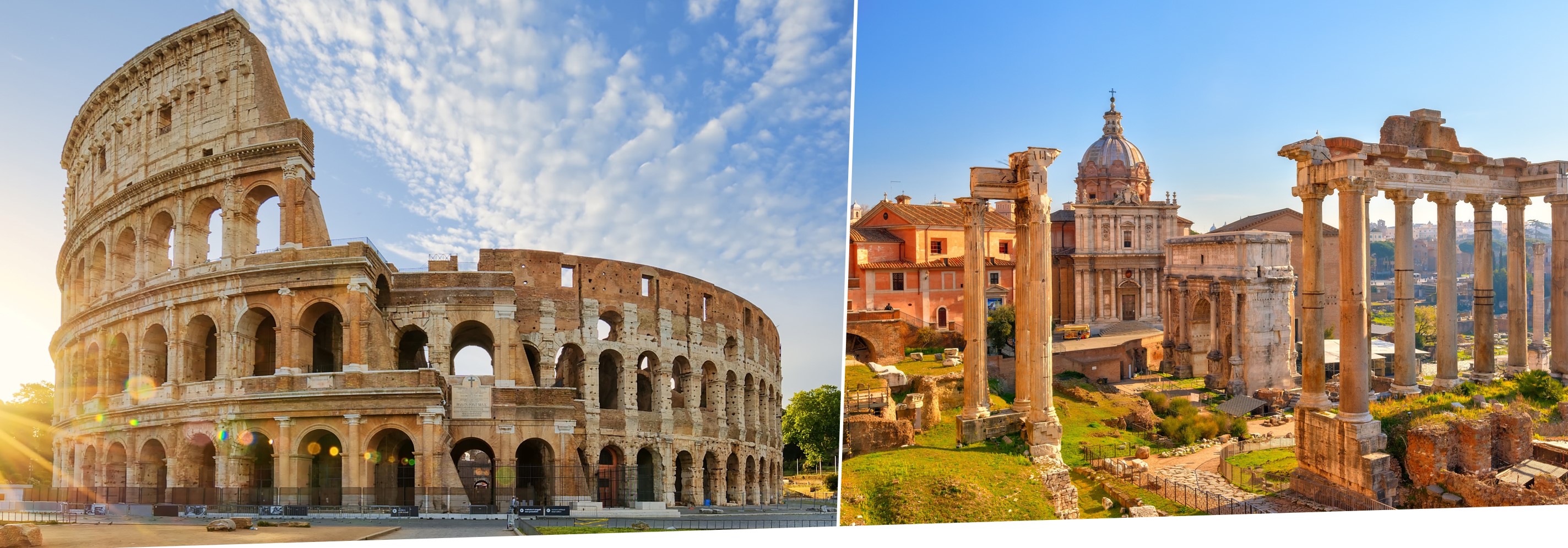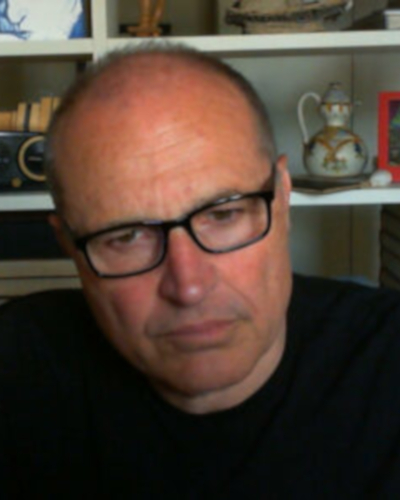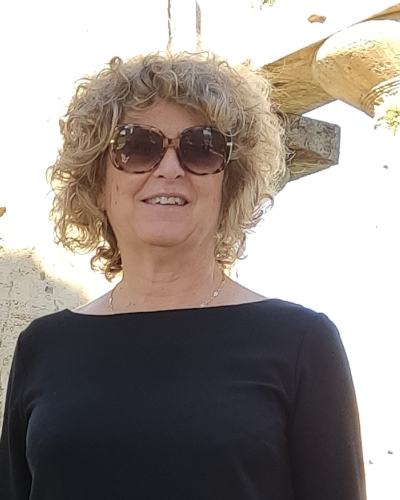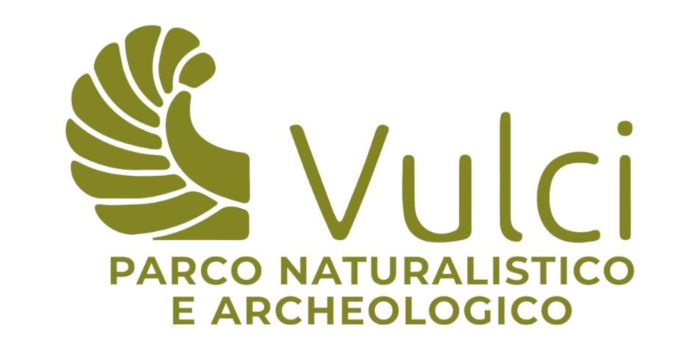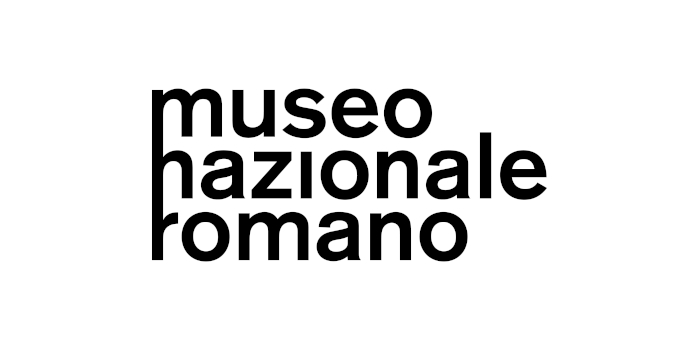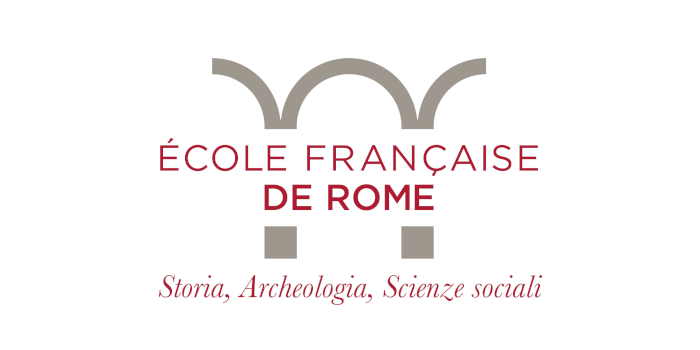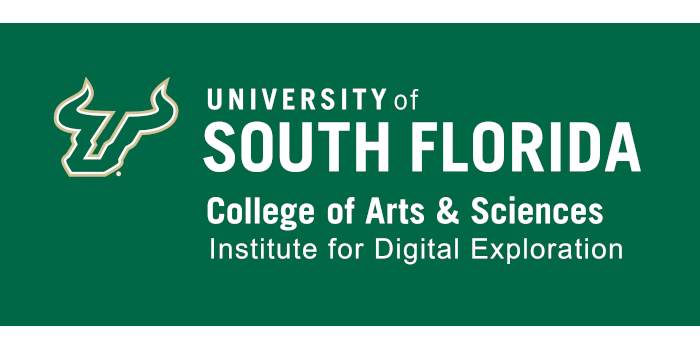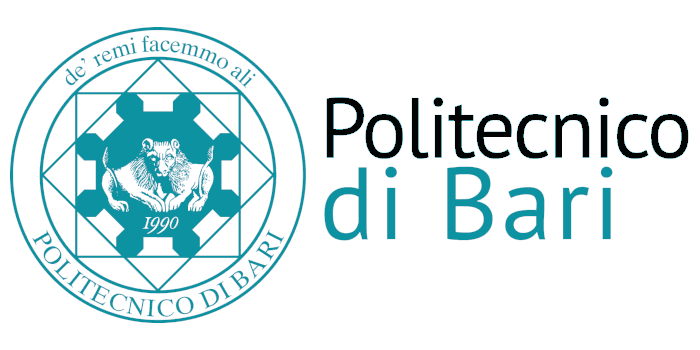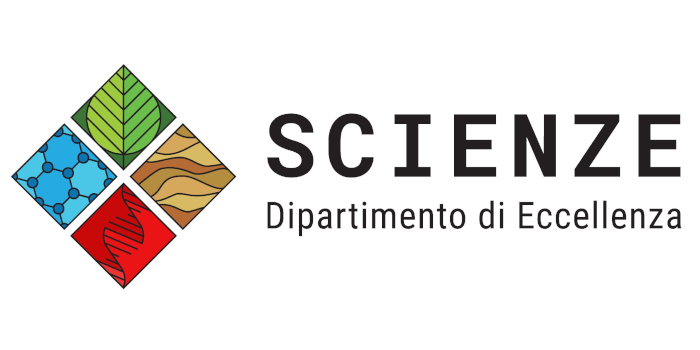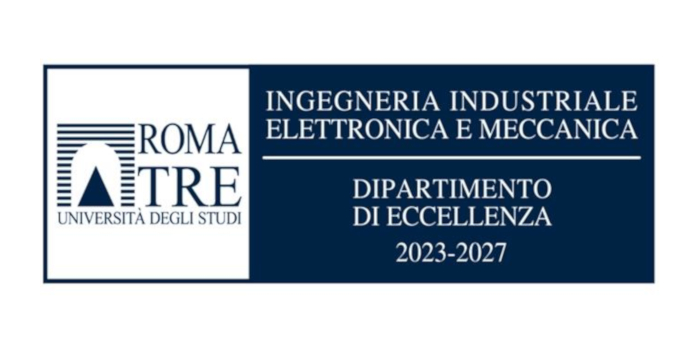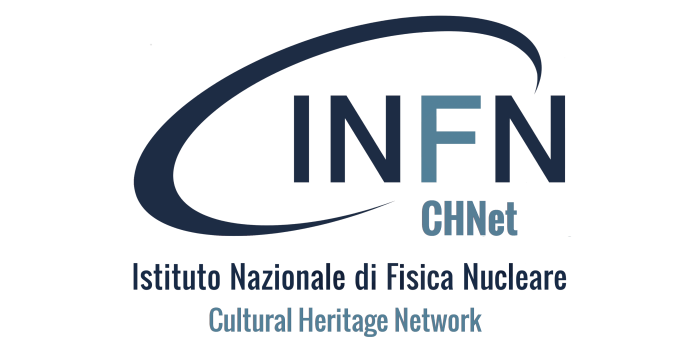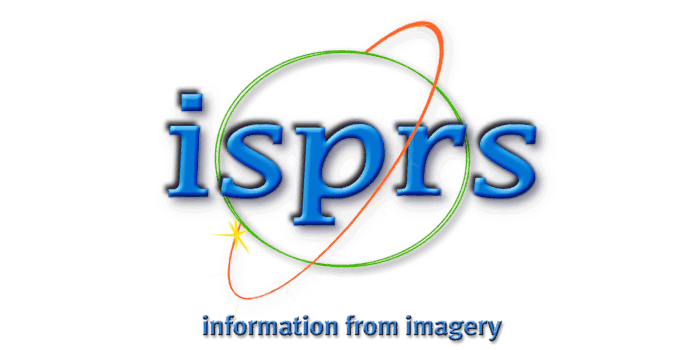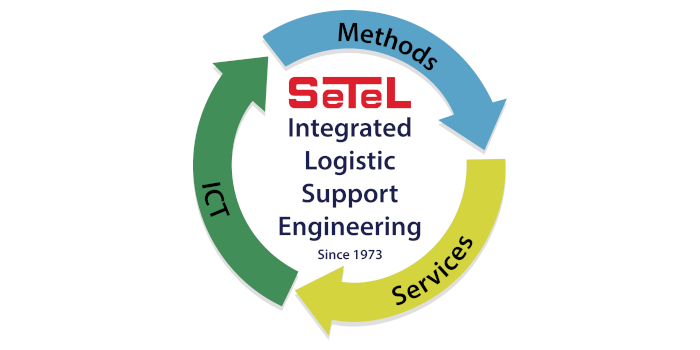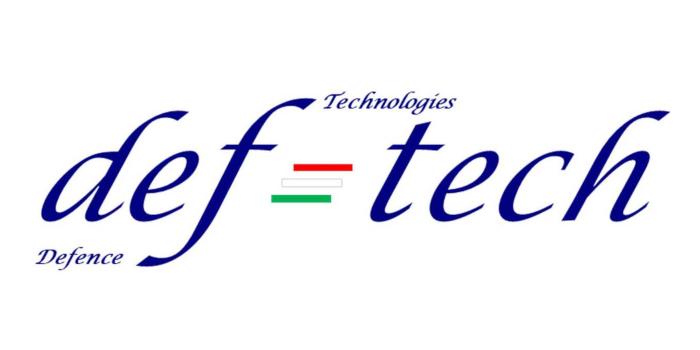SPECIAL SESSION #21
Remote sensing methods and approaches for Underwater Cultural Heritage research and management
ORGANIZED BY
Crescenzo Violante
Institute of Heritage Sciences - National Research Council (ISPC – CNR), Italy
Barbara Davidde
Ministry of Culture, Italy
Nikos Papadopoulos
Foundation for Research and Technology, Hellas (FORTH), Greece
ABSTRACT
Investigation, documentation, and monitoring of the Underwater Cultural Heritage (UCH) remain challenging tasks that stimulate the research, design, and development of new sensors, devices, techniques, and methods aimed at building a continuous overview of the seabed environment and associated cultural features. Currently, a variety of sensing methods based on optics, acoustics, and electro- magnetics provide the maritime archaeological community with significant opportunities for re-defining the procedures for site mapping, evaluation and monitoring. Acoustic sensing involves various sonar devices for seafloor and sub-seafloor mapping, underwater communication, and searching for underwater objects. Optical sensing technologies applied to UCH include underwater RGB and hyperspectral imaging for objects inspection and reconstruction, while technologies of electro-magnetics are used for underwater metal detection and to reconstruct buried built environment in marine coastal and shallow submerged areas. All these methods are indeed very effective for the identification and study of cultural underwater features and for the protection and management of submerged sites.
In this session, we welcome researchers and authors to submit papers focused on underwater remote sensing technologies and methodological approaches that are currently used for investigation, documentation, and monitoring of underwater cultural resources.
MAIN TOPICS
Submissions on the following topics are invited but are not limited to:
- Acoustic remote sensing based on Sonar technology;
- Coastal and shallow offshore geophysical imaging methods;
- Optical and Lidar remote sensing technology;
- Structure-from-motion (SfM) photogrammetry;
- Development of sensors and ICT/IoT tools for monitoring and interpretation of UCH;
- Automatic detection and spatial modeling of archaeological targets.
ABOUT THE ORGANIZERS
Crescenzo Violante is senior technologist at the Institute of Cultural Heritage Sciences - National Research Council (ISPC – CNR). He received his PhD from the University of Bologna. Research activities are focused on the application and development of acoustic remote sensing technologies and geological methods aimed at the study and management of the underwater cultural and natural resources. As party chief, he has leaded several oceanographic cruises and scientific missions in the Mediterranean aimed at the characterization and multiscale and multi-thematic mapping of the seabed and the sub-seabed by means of sonar systems and direct inspections. He is part of the scientific board of the Italian National PhD in Heritage Science. He has coordinated and participated to national and international projects on natural hazard assessment, marine habitat mapping and underwater Cultural Heritage. As author or co-author, he published more than 120 national and international scientific papers.
Barbara Davidde is Superintendent of the National Superintendence for Underwater Cultural Heritage, based in Taranto. She is member of the STAB - Scientific and technical Advisory Body of the 2001 UNESCO Convention for the Protection of Underwater Cultural Heritage. Since 2018, she has been the Delegate Officer of the Italian Archaeological School in Athens for the underwater archaeological missions in the Island of Lemnos and in the ancient Epidaurus and since October 2020 she is a member of the Silk Road Alliance for Cultural Heritage Protection and Inheritance. She is contract professor of Underwater Archaeology at the University of Roma Tre. The main research interests are related to the study and management of the Underwater Cultural Heritage. She is Principal Investigator and Scientific Responsible for EU and national research projects (PON CULTURA E SVILUPPO; H2020; EASME; H2020 MSCA-RISE; H 2020 JPI Cultural Heritage) aimed at the development of technologies for underwater archaeological research and the conservation and enhancement of underwater cultural heritage. She is author or co-author of more than 130 national and international scientific papers.
Nikos Papadopoulos holds BSc in Geology (2001) and PhD (2007) in Applied Geophysics from the University of Thessaloniki (Greece). He was a post-doctoral researcher in the Korea Institute of Geoscience and Mineral Resources, KIGAM (2008) and Visiting Fellow Researcher in University of Arkansas, USA (2013). He joined the Foundation for Research and Technology, Hellas (FORTH) in 2009 where he is currently Research Director of Applied Geophysics in Cultural Heritage and head of the Laboratory of Geophysical–Satellite Remote Sensing & Archaeoenvironment (GeoSat ReSeArch Lab). His research interests include the numerical modeling and inversion of geophysical tomographic data, the implementation of diverse geophysical methods for near surface archaeological, environmental, urban, shallow marine applications and the employment of geoinformation technologies in cultural and natural resources management. He is Associate Editor of the international journals of Archaeological Prospection and Near Surface Geophysics
